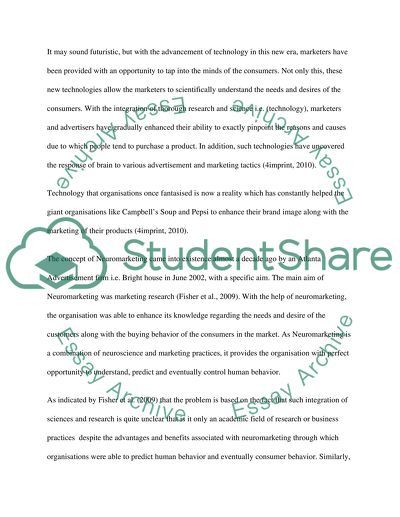Cite this document
(“How far neuromarketing can go ethically Literature review”, n.d.)
Retrieved from https://studentshare.org/marketing/1404481-how-far-neuromarketing-can-go-ethically
Retrieved from https://studentshare.org/marketing/1404481-how-far-neuromarketing-can-go-ethically
(How Far Neuromarketing Can Go Ethically Literature Review)
https://studentshare.org/marketing/1404481-how-far-neuromarketing-can-go-ethically.
https://studentshare.org/marketing/1404481-how-far-neuromarketing-can-go-ethically.
“How Far Neuromarketing Can Go Ethically Literature Review”, n.d. https://studentshare.org/marketing/1404481-how-far-neuromarketing-can-go-ethically.


